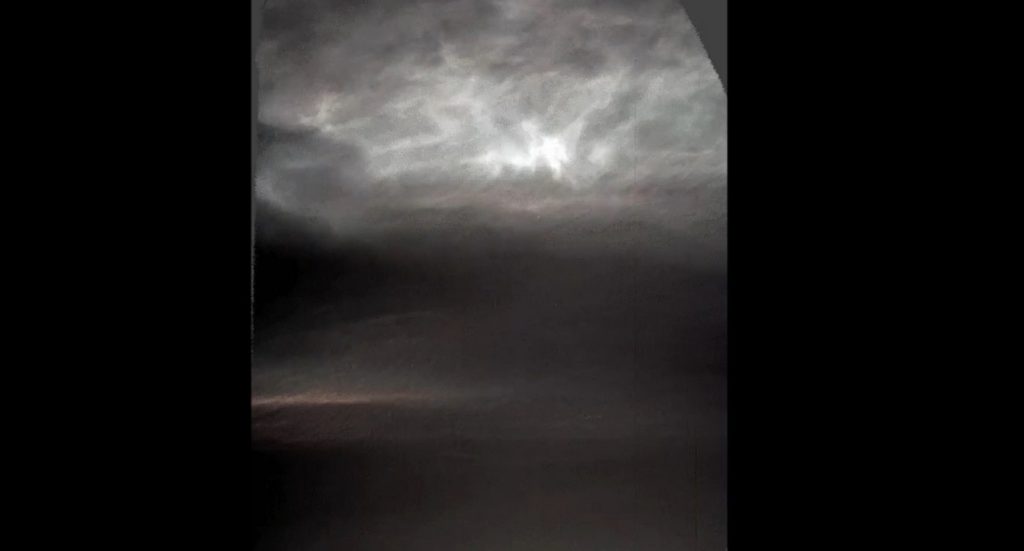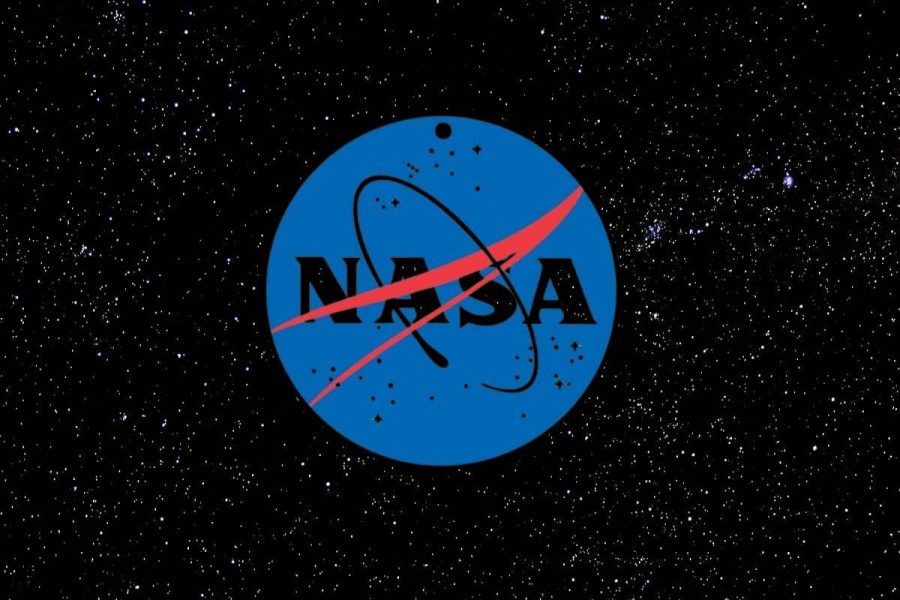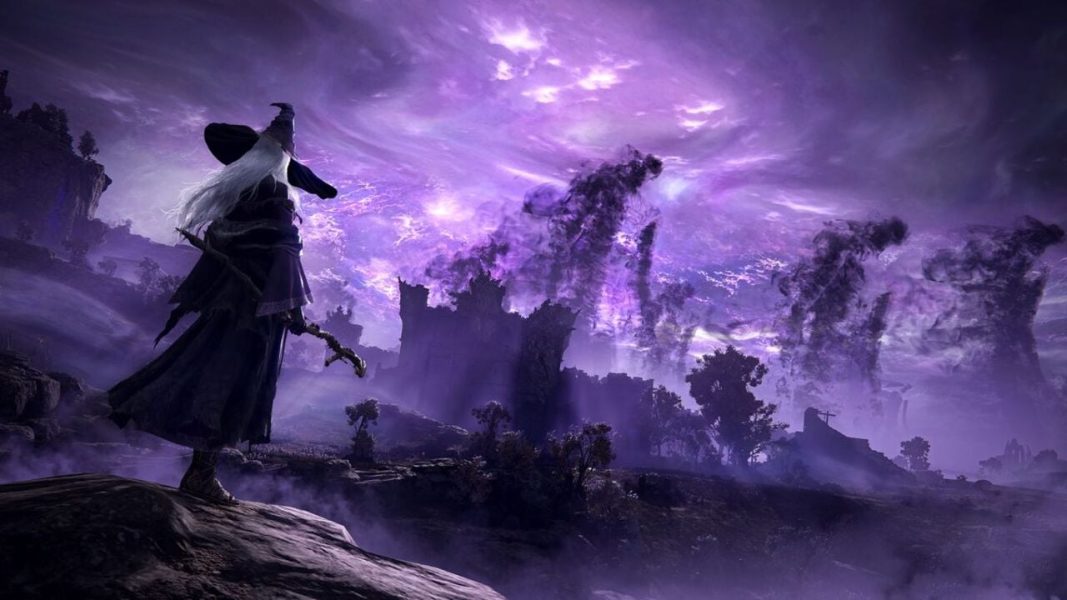Mars Rover Captures Video of Colorful Dry Ice Clouds Drifting Over Red Planet – Good News Network

Maybe you were a kid the first time you ever saw dry ice: remember how strange it seemed compared to water ice?NASA’s Curiosity Mars rover recently captured a short clip of dry ice clouds lit up with colors from the setting Sun drifting over the Red Planet.Martian clouds are almost always made of dry ice, or frozen carbon dioxide. 95% of the planet’s atmosphere is CO2, but they form these iridescent feathery clouds only at low temperatures and high altitudes.Curiosity has for several years been climbing Mount Sharp, an 18,000-foot-high volcano that formed at the bottom of the enormous Gale Crater, and probably reached sufficient altitude to witness Martian clouds within the last few years.They are also called noctilucent, or bright night clouds, as they only become so well-lit during the gloaming of the Martian twilight. Sometimes they even create a rainbow of colors, producing iridescent, or “mother-of-pearl” clouds, as seen in this image from 2023.“I’ll always remember the first time I saw those iridescent clouds and was sure at first it was some color artifact,” said Mark Lemmon, an atmospheric scientist with the Space Science Institute in Boulder, Colorado. “Now it’s become so predictable that we can plan our shots in advance; the clouds show up at exactly the same time of year.”Lemmon published a paper on the first two seasons of noctilucent clouds on Mars.HOW ICE FORMS ON MARS: Fascinating Images Show ‘Winter Wonderland’ on Mars Captured by Reconnaissance OrbiterOne big mystery is why twilight clouds made of carbon dioxide ice haven’t been spotted in other locations on Mars. Curiosity, which landed in 2012, is just south of the Martian equator.Pathfinder, a research robot that arrived on Mars in 1997, landed in Ares Vallis, north of the equator. NASA’s Perseverance rover, located in the northern hemisphere’s Jezero Crater, hasn’t seen any carbon dioxide ice twilight clouds since its 2021 landing. Lemmon and others suspect that certain regions of Mars may be predisposed to forming them.OTHER MARTIAN DETAILS: Lava Tubes and Water Frost Found on Mars Offer Double Opportunity in Search for LifeA possible source of the clouds could be gravity waves, he said, which can cool the atmosphere.“Carbon dioxide was not expected to be condensing into ice here, so something is cooling it to the point that it could happen. But Martian gravity waves are not fully understood and we’re not entirely sure what is causing twilight clouds to form in one place but not another.”WATCH the clouds drift below from the Physics Insight YouTube channel…SHARE This Interesting Weather Phenomenon From Space With Your Friends… Want A Morning Jolt of Good News?You must be logged in to post a comment.Want A Morning Jolt
of Good News?






